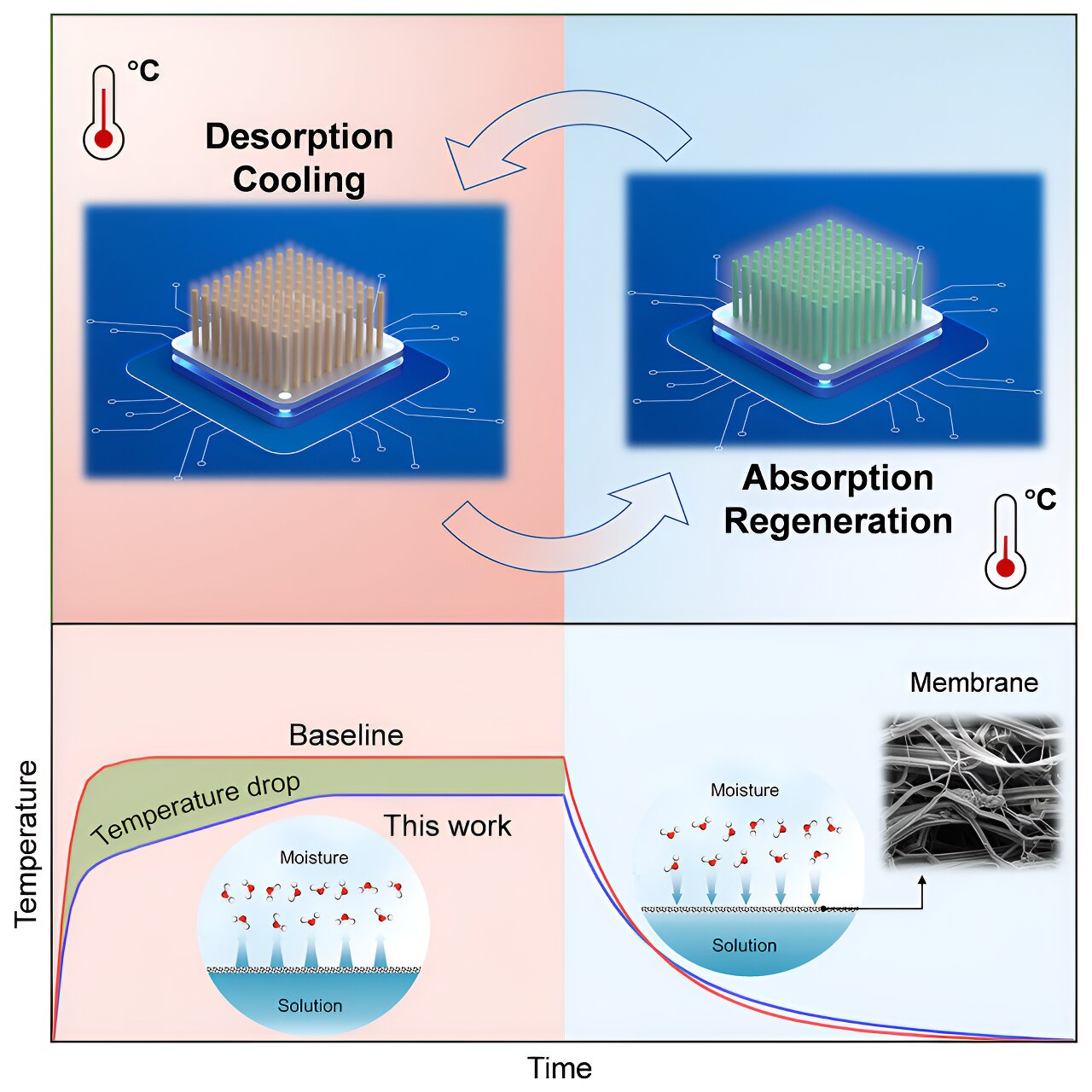This article is very hard to read, there are so many bad comparisons, it feels like the author wants me to be VERY excited for this technology, which most likely means that it’s not working, so they farm clicks. Anyone else get that vibe?
I think there’s a reason this hasn’t been done.
I think the EU requires that heat to be used for district heating. I like that idea.
I don’t see any possible issues with salt solutions near metal components. I mean cars drive through salt all the time and it’s not like they rust. The whole in the floorboard of my car is obviously a feature that was time-delay delivered.
I mean you could at least read the article before making a low effort comment.
The design doesn’t put any salt solution near computer components, and it doesn’t use the same salt they put on the roads.
It uses lithium bromide, and given this is about large cloud computing server farms and not PCs, they still use heat sinks on the components, but the salt solution is used in a permeable membrane separately that the heat sinks divert heat to.
I don’t know, I haven’t read the paper or even the article but it stands to reason that the researchers didn’t take into account the common household knowledge that salt equals rust.
I haven’t as the paper or even the article
Thank you for confirming.
The common household isn’t going to see or give a shit about this article in the first place.
It’s not for the common household. It’s for people researching this. and for the companies running cloud computing platforms to save money.
Whoosh
Pretty sure they were taking the piss
It was admittedly a low effort comment posted exclusively because it made me chuckle. Sometimes it’s the little things in life that make the day worth completing.
the whole in my floor
You don’t know the half of it
“We prefer the term progressive unlock”
Oh shit, we might be getting 30% better CPU/GPU cooling soon?? Epic!
The article was describing a passive cooling solution. As in a cheaper way to cool parts that don’t already output borderline unmanageable amounts of heat. Regular watercooling can already keep practically any consumer gpu from getting anywhere near 90c it’s just that that’s too much work for most people.
The lost people have no idea what they are missing out on.
My fucking phone keyboard autocorrect fights me so hard it’s ridiculous
And expensive. I just priced out a basic WC setup for a GPU using moderate quality parts and flex tubing and it’s $275, and I already have the waterblock for the GPU. For my gaming PC it was easily $500 in additional parts. Pumps, fans, radiators, reservoir, hard tube, and FML decent quality fittings are expensive.
I think that cost is more about it being niche and targeted toward high end gamers than material cost.
Oh for sure.
I do watercooling on a budget. It isn’t as cheap as not doing watercooling but I need my parts to last and 95c temps just because “gpus put out lots of heat” is unacceptable.
Don’t use that overpriced pc watercool tubing. Use that chemical resistant PVC braided tubing they sell at the hardware store. It’s 1/4th the price and better anyway. The $30 universal gpu waterblocks are good enough just pay attention to vram temps. You may have to use something better than thermal glue and tiny heatsinks but on my rx 7700 it’s fine.
For coolant I’ve been using distilled water with ethylene glycol antifreeze instead of overpriced pc watercooling corrosion inhibitor. Experiments I have done have shown it does an even better job and $15 gets you a 1 gallon bottle as opposed to $15 for a 15ml bottle of liquid utopia. 90% distilled water 10% antifreeze is what I use just don’t spill it because when it dries it’s sticky and smells like pancake syrup.
You still get screwed hard on the fittings. It’s not as bad if you only use barbs and hose clamps with the occasional right angle fitting but it’s still bad. Hose clamps are ugly but if you use them it’s just one less potential leak point. Make sure to get the kind that are tightened via screw so you have complete control over how tight it is.
You still get screwed hard on the pump but a $20 will do the trick if you don’t have a lot of radiators. Don’t pay $200 for a reservoir just get one that doesn’t have a pump built in.
You still get screwed hard on the radiators but try to get the ones that have only copper and no aluminum if you can. Green ethylene glycol antifreeze seems to eliminate problems of using aluminum far better than liquid utopia does but you should still avoid it.
deleted by creator






